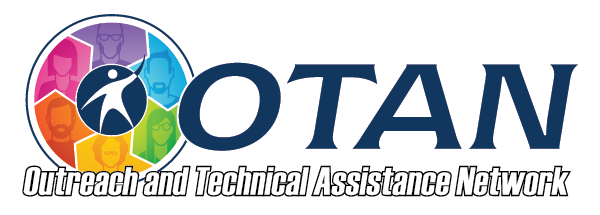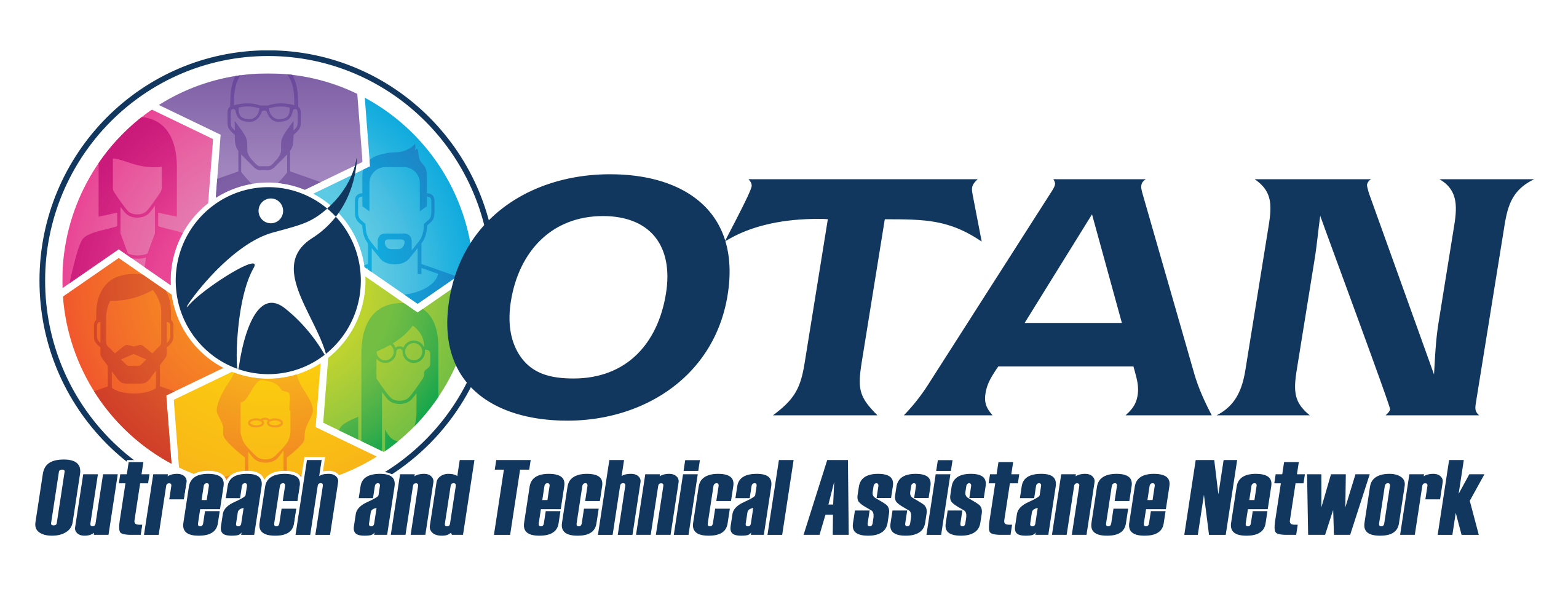Search
Library of Congress: Recordings from WWI
Details
Activity Description
This historical site consists of fifty-nine sound recordings of speeches by American leaders at the turn of the century. The speeches focus on issues and events surrounding the First World War and the presidential election of 1920. Text of speeches is also available. RealAudio, MP3, or Windows Media player is needed to listen to the recordings. (Most PC's probably have at least the Windows Media Player.)
Preparation
Students should have a basic previous knowledge of the events before, during, and after World War I.
- Review the material in order to guide your students through the speeches available.
- Download recordings before the class.
- Check if your computer has the software needed to play the speech recording.
More Ways
You can use the same steps to teach the 1920 election or other items in the speech list.
Program Areas
- ASE: High School Diploma

